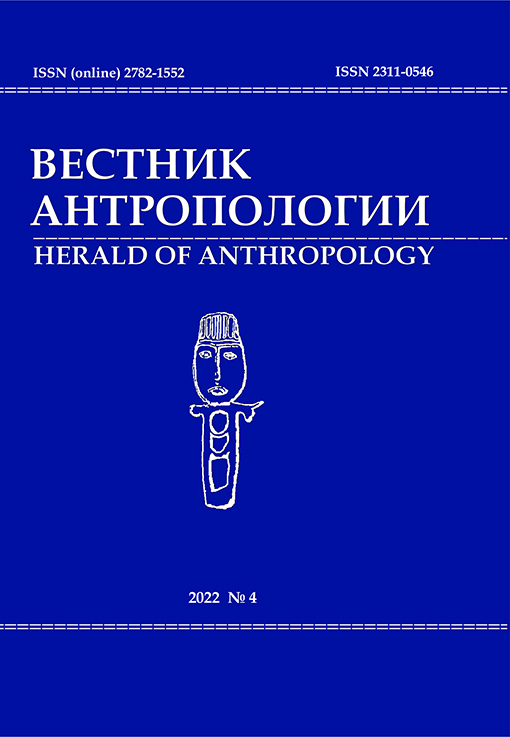Elements of Zoroastrism in Maternity and Healing Rituals of Ossetians (According to Narrative Sources of the 19th — Early 20th Centuries)
DOI: 10.33876/2311-0546/2022-4/59-71
Keywords:
Ossetian ethnic religion, Zoroastrianism, childbirth rituals, healing magicAbstract
The article is devoted to one of the most controversial, and therefore the most promising areas of modern Ossetian studies, which include the problem of finding and explaining the traces of Zoroastrianism in the ethnic religion of the Ossetians. V. I. Abaev categorically denied the possibility of Zoroastrian influence on the Scythian-Sarmatian-Alanian religious tradition, which is why the search for Zoroastrian elements in the culture of the Ossetians was considered unpromising. V. I. Abaev explained the obvious similarities between the Ossetian ritual tradition and Zoroastrianism by the ancient Iranian or even the ancient Indo-European community of Iran and Turan, which had been formed even before Zoroastrianism. This similarity is usually seen in the cults of fire, water and earth. Nevertheless, the results of archaeological research of a later period give grounds for the search for Zoroastrian parallels in the Ossetian religious practice. The veneration of these elements, which goes back to the pre-Zoroastrian ancient Iranian community, is also present in Zoroastrianism, but two proper Zoroastrian features mark the Ossetian ritual tradition: the cult of cleanliness and an extra careful attitude to livestock. The purpose of this article is to analyze some elements of Zoroastrianism in the religious cult of the Ossetians, reflected in the narrative written (non-archaeological) sources of the 19th — early 20th centuries. The studied features are especially clearly manifested in the Ossetian rituals of the maternity cycle and in healing magic. The work is based on the principle of synchronic research within the K. Levi-Strauss’ structuralism, which postulates that all cultural systems (language, mythology, religion, art, customs, traditions) can be studied as sign systems.





















